Table of Contents
- What Next For The Ebola Outbreak? Here's What The Math Says | HuffPost
- A Photographer Documents Ebola’s Deadly Spread - The New York Times
- Experimental Ebola vaccines elicit year-long immune response
- Ebola airport checks expand; nurses get training - FOMAT
- Outbreak of Ebola-like Marburg fever kills man in Uganda | Fox News
- 6 Things You Might Not Know About Ebola | Mental Floss
- 6 Essential Elements for Eradicating Ebola | HuffPost
- Ebola DNA sequenced to track outbreak | WIRED UK
- The Ebola virus mutated to better infect humans during the 2014 ...
- Fighting Ebola: Detective work, cultural awareness - CNN
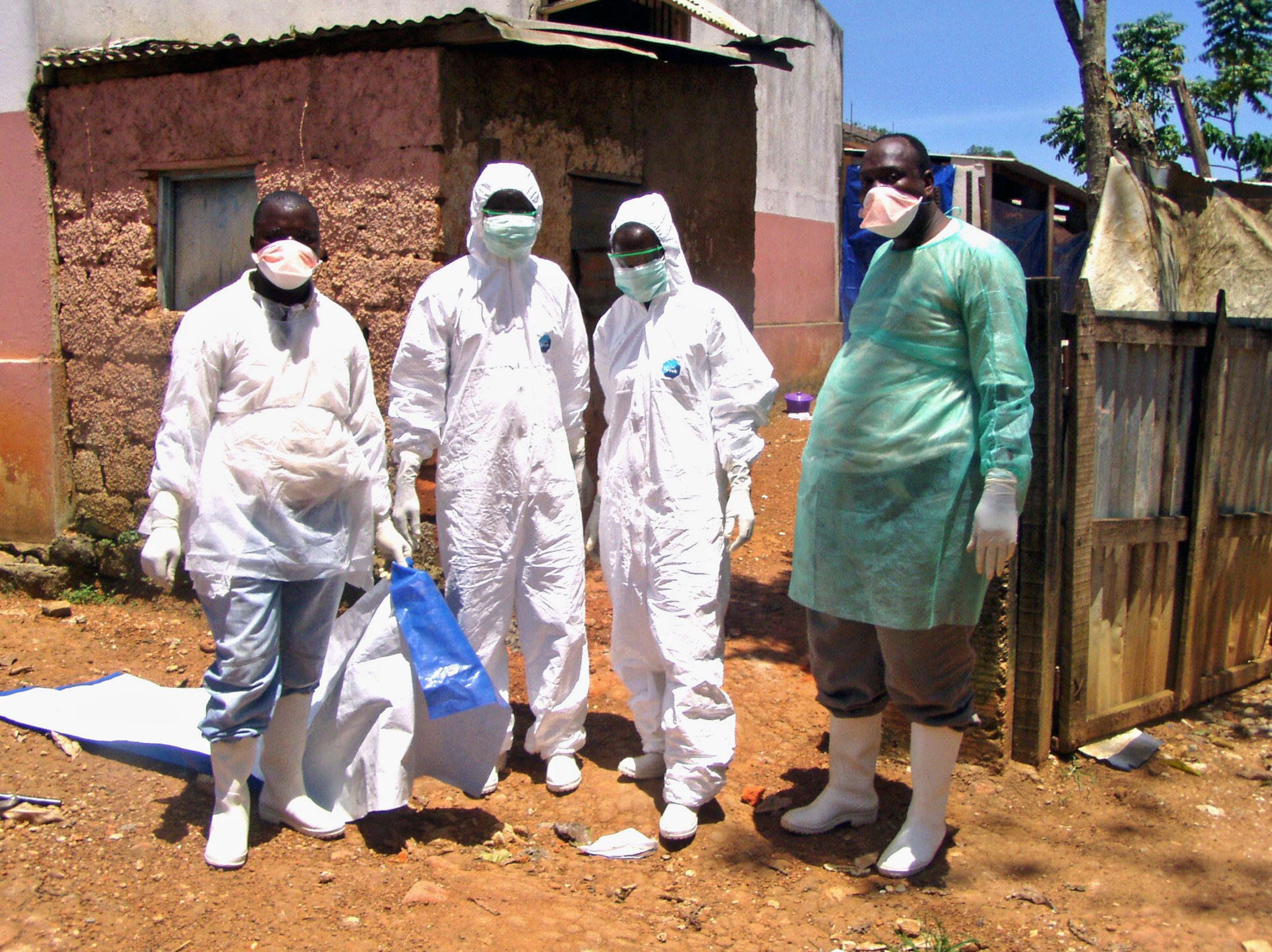

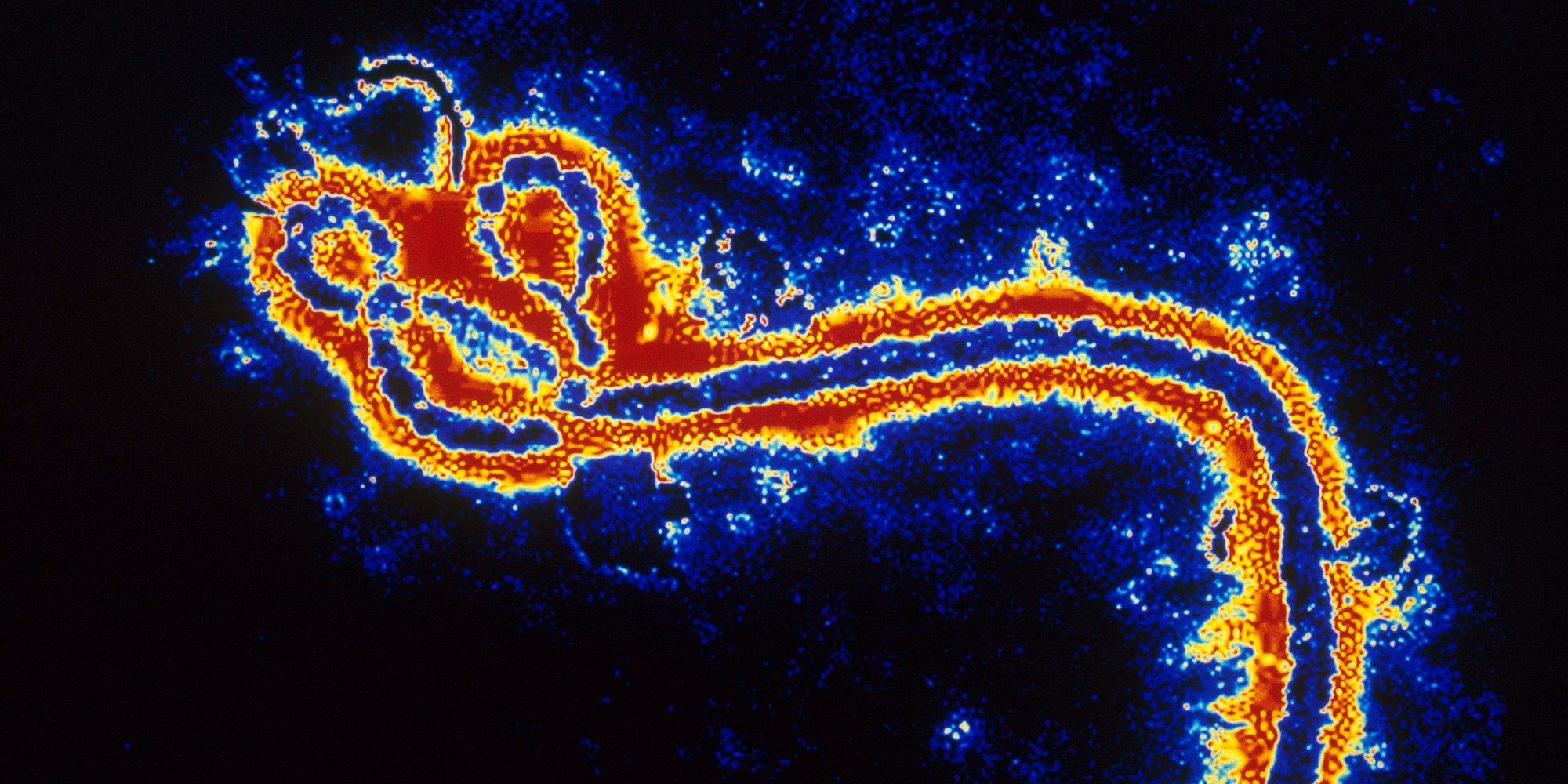
What is Ebola?

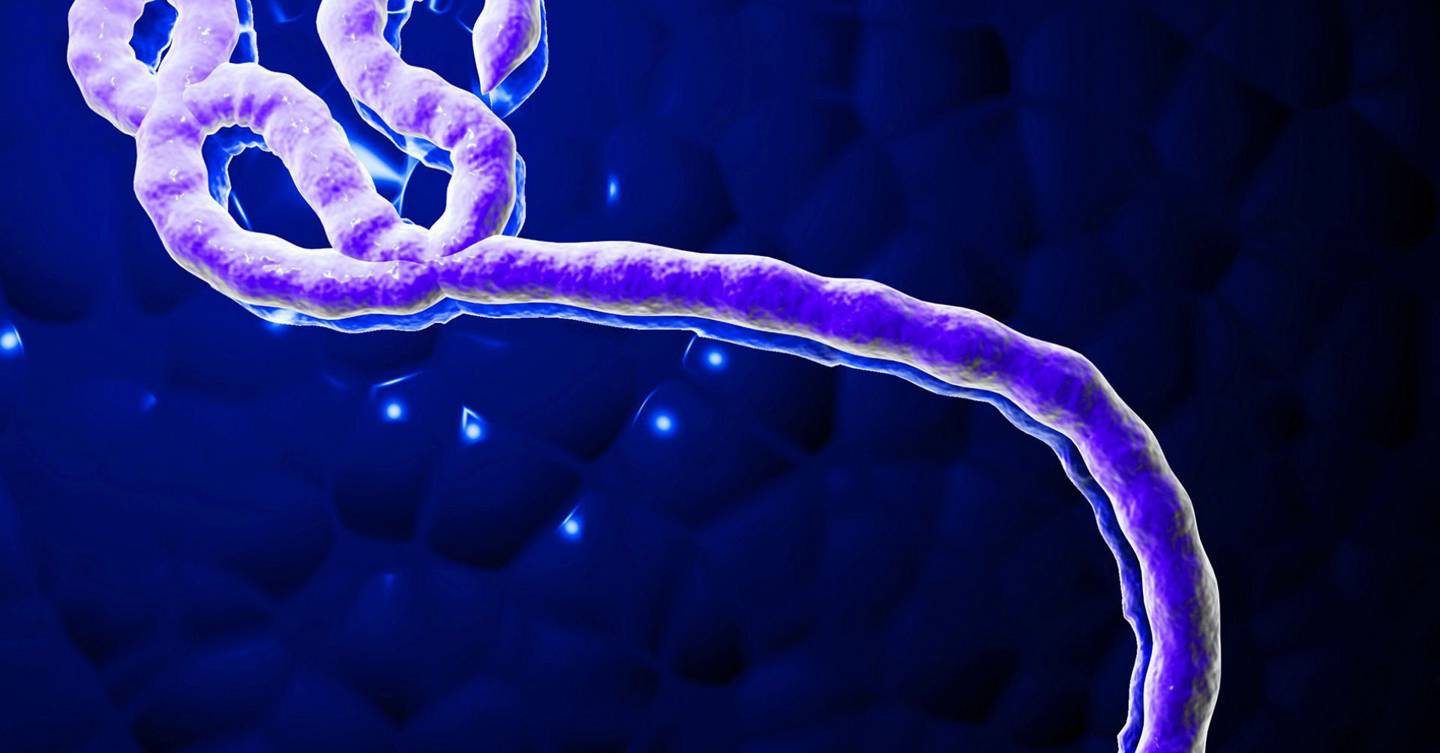

Signs and Symptoms of Ebola

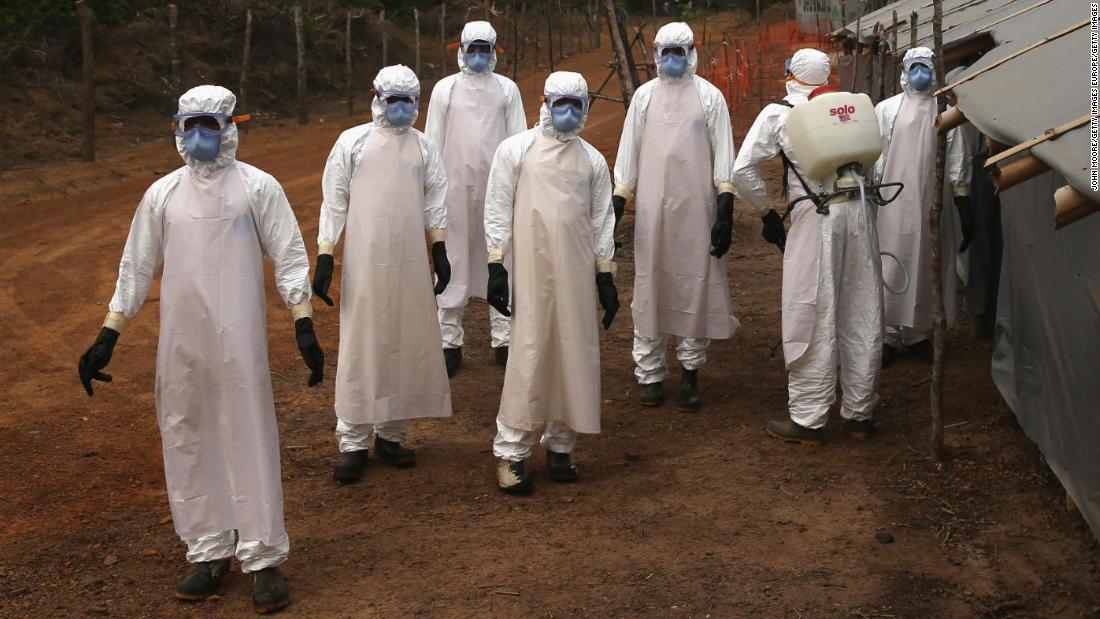
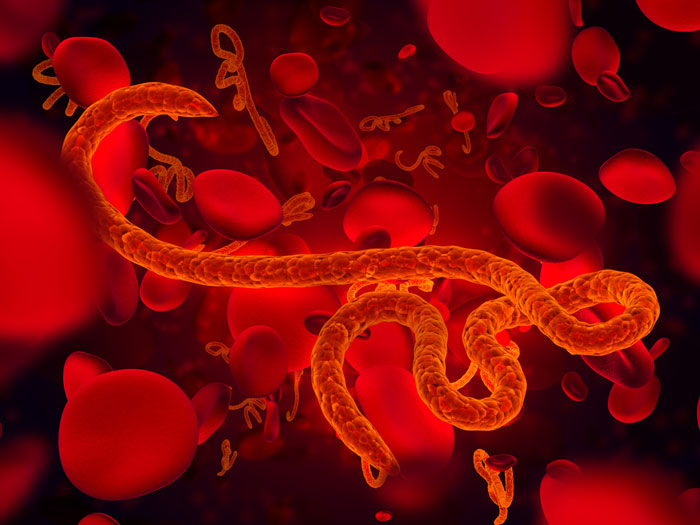
Recognizing the Stages of Ebola
Ebola progresses through several stages, including: 1. Incubation Period: The time between exposure to the virus and the onset of symptoms, which can range from 2-21 days. 2. Early Stage: The initial stage of the disease, characterized by fever, vomiting, and diarrhea. 3. Advanced Stage: The later stage of the disease, marked by severe bleeding, organ failure, and shock.
Prevention and Treatment
Preventing Ebola requires avoiding direct contact with infected bodily fluids and following proper infection control protocols. Treatment for Ebola typically involves supportive care, such as fluid replacement, oxygen therapy, and management of bleeding and other complications. Experimental treatments, including vaccines and medications, are also being developed and tested. Ebola is a serious and potentially deadly disease that requires prompt recognition and medical attention. By understanding the signs and symptoms of Ebola, individuals can take steps to protect themselves and their loved ones from the disease. The CDC and other global health organizations continue to work tirelessly to combat Ebola, and it is essential that we remain informed and vigilant in the face of this public health threat. If you suspect that you or someone you know may have been exposed to Ebola, seek medical attention immediately.For more information on Ebola, visit the CDC website. Stay informed, stay safe.